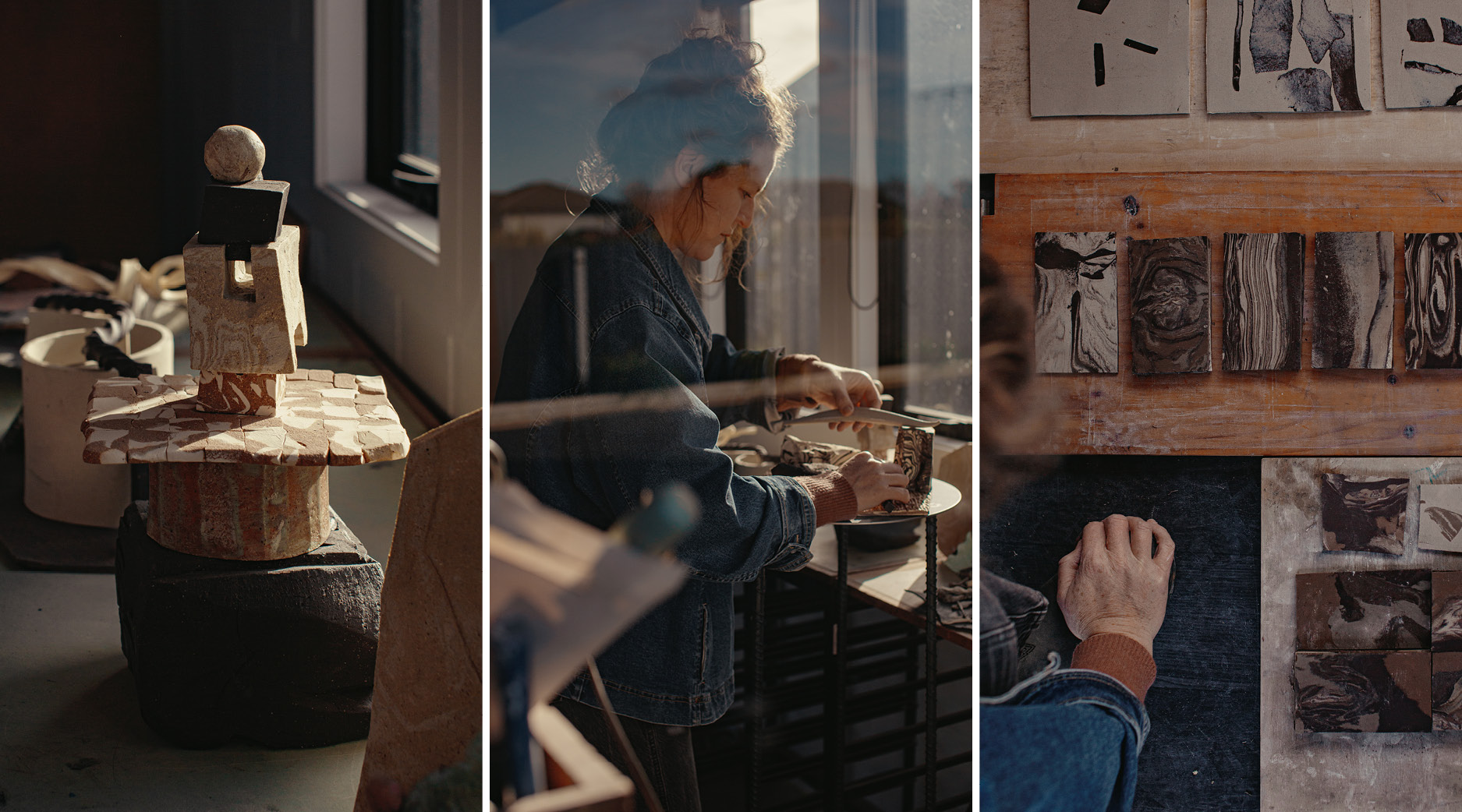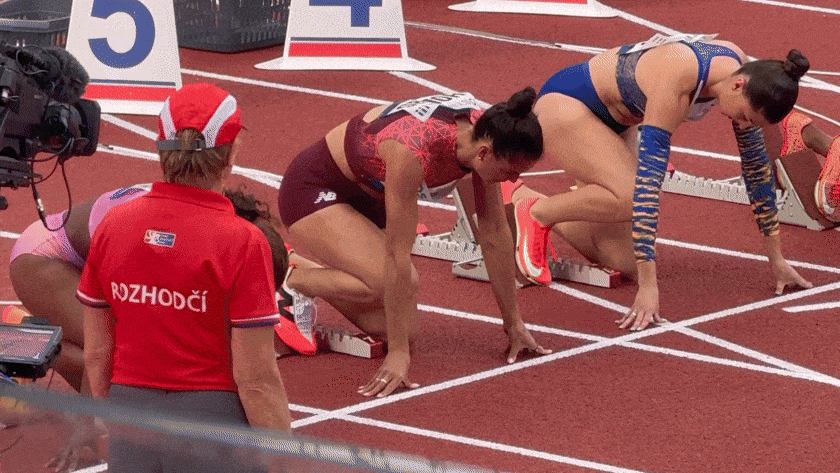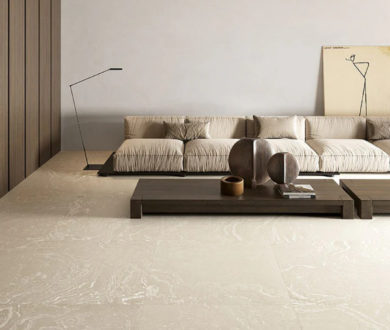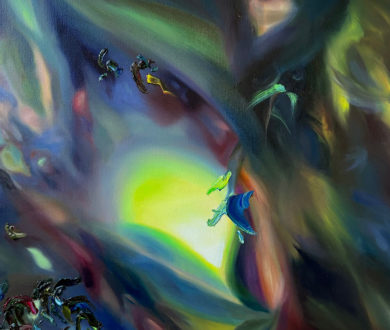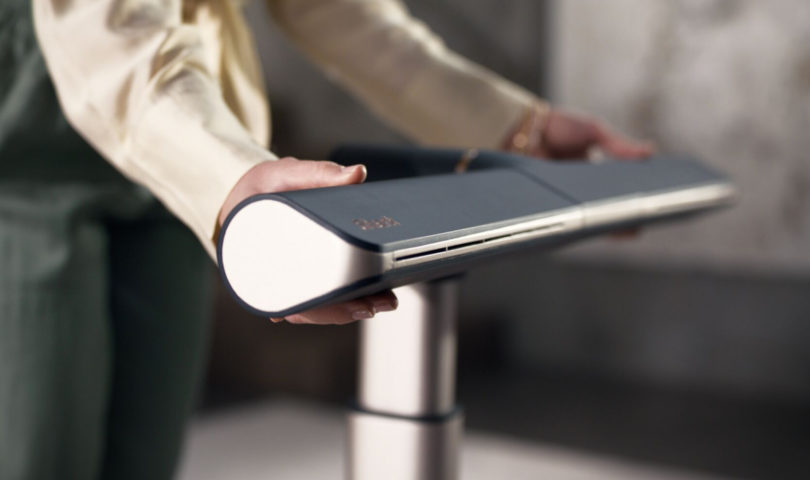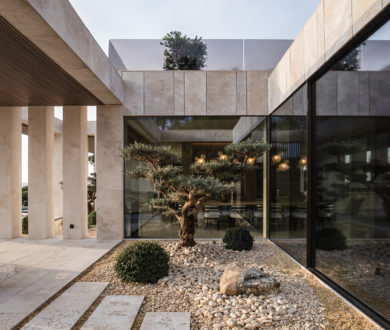Where timeless technique meets modern design, Lucy McMillan’s ceramic tiles, exclusive to Obery, are objects of quiet power and presence.
At the intersection of fine art and functional design, artist and ceramicist Lucy McMillan is redefining what it means to create surfaces with presence. Her hand-formed, layered, and richly tactile ceramic tiles are available exclusively through Obery (formally Design Central), a design studio known for its innovation in sourcing unique finishes.
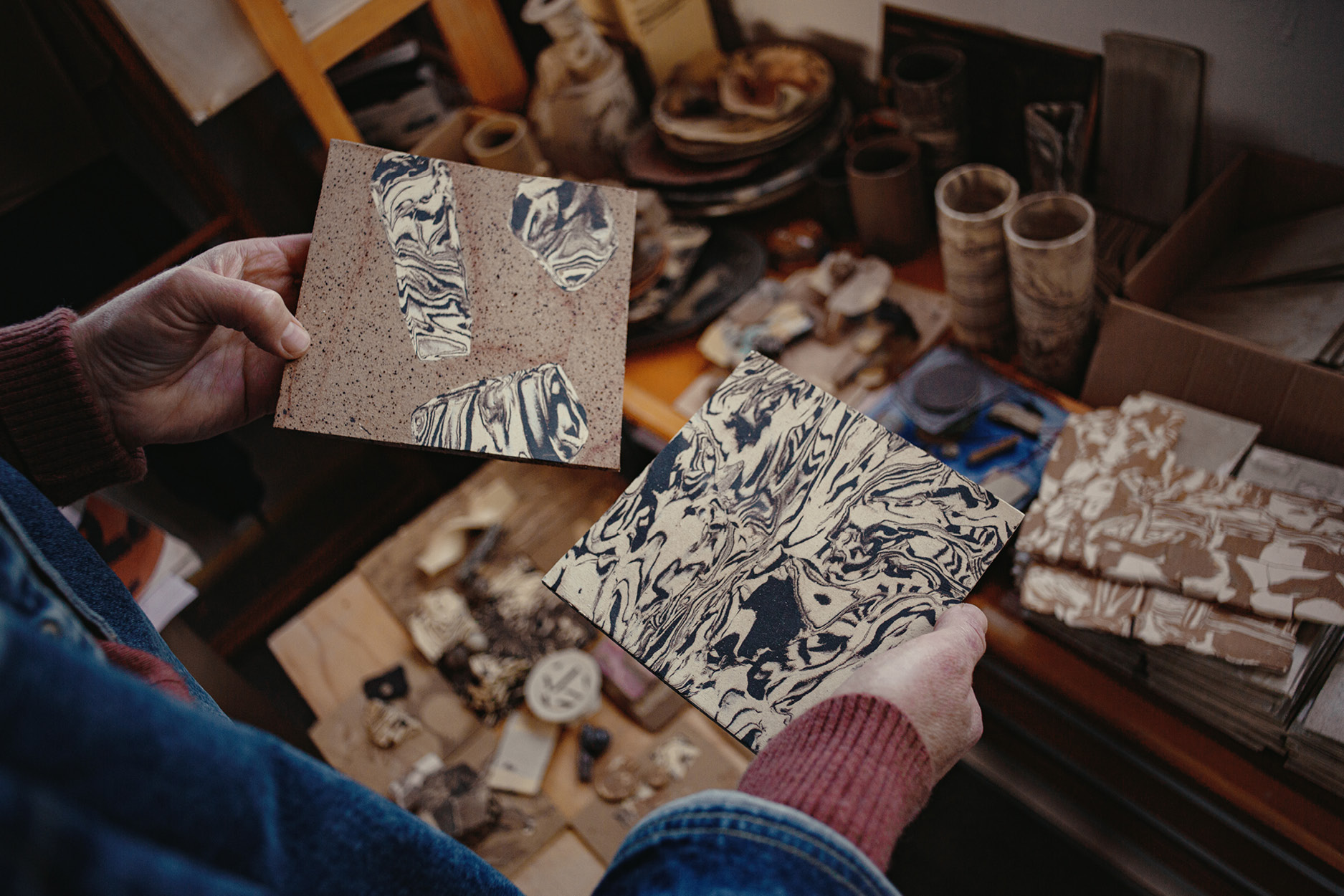
With a practice steeped in centuries-old techniques and a reverence for material experimentation, McMillan’s work offers something rare: architectural detail imbued with genuine presence. “I was initially drawn to clay for its transformative qualities,” McMillan explains. “There’s a rawness and responsiveness that no other material offers.” What began as a personal project, designing tiles for her own family kitchen, quickly evolved into an all-consuming discipline. Today, her tiles are coveted by architects and designers worldwide for their painterly textures, sculptural depth, and quiet irregularity.
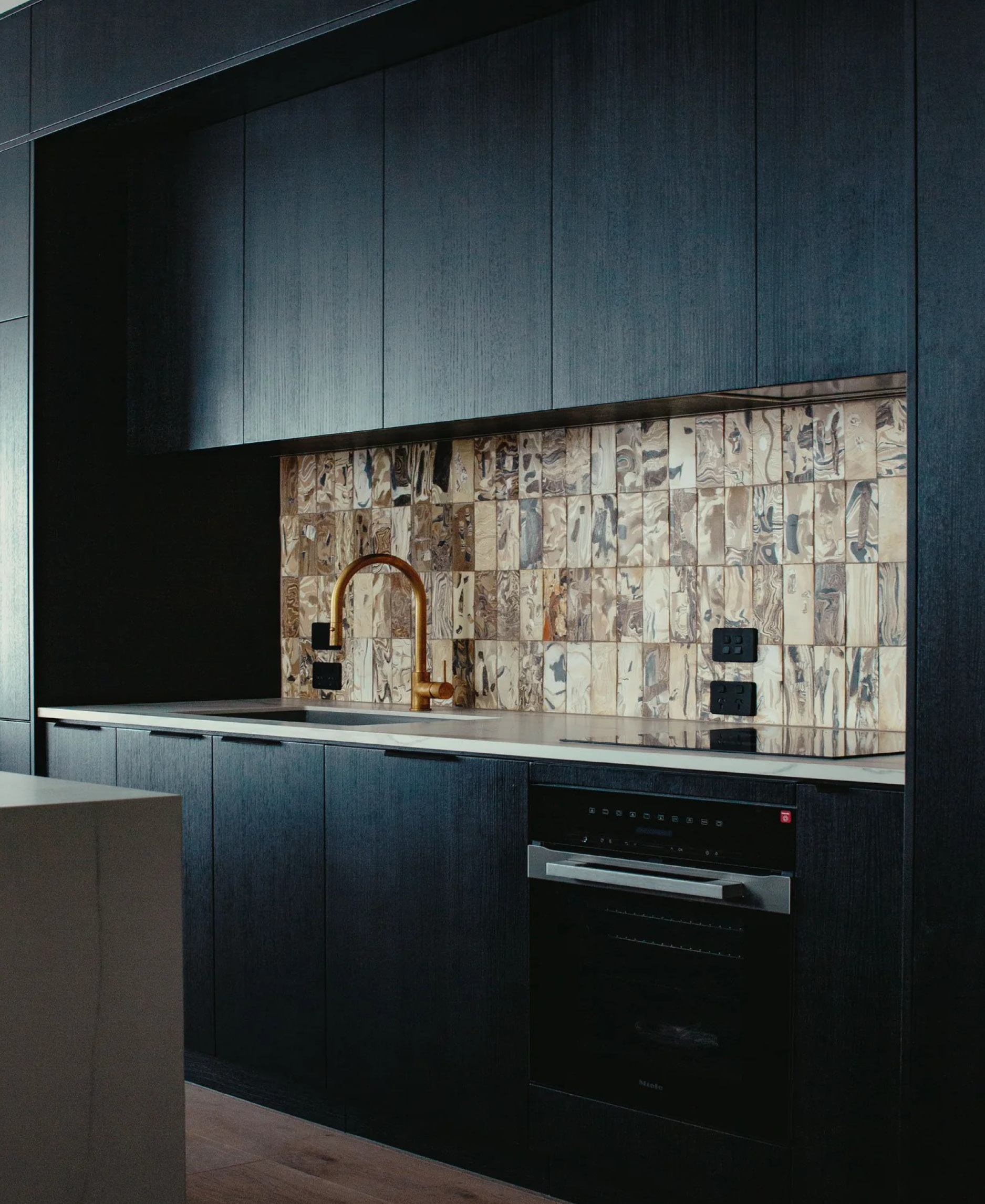
McMillan approaches tile-making with the same intentionality as she does sculpture or painting. “My process is built in layers and steps,” she says. “I often hand-stain and blend my clays, using techniques inspired by agateware and pictorial methods like collage, layering, and inlay.” Each tile is crafted individually. There is no mould, no replication. “It’s a slow, intuitive process,” she adds, “one that keeps me connected at every stage.”
Her fascination with agateware, a technique that dates back to the Tang Dynasty, informs much of her surface experimentation. She works with colour embedded within the clay itself, often combining this with Ancient Roman inlay techniques. “Pulling clay works from the kiln can feel like unearthing relics,” she says. “I love that sense of history, of process meeting chance.”
This tension between utility and art is at the core of her practice. “I approach my tiles as applied art; utilitarian, yet one of a kind,” she notes. “They need to function architecturally, but I never want to lose the sense that they’ve been made by hand, with variation and presence.” To McMillan,
it’s precisely that imperfection, that “quiet irregularity”, that makes her work resonate in
an age of mass production.
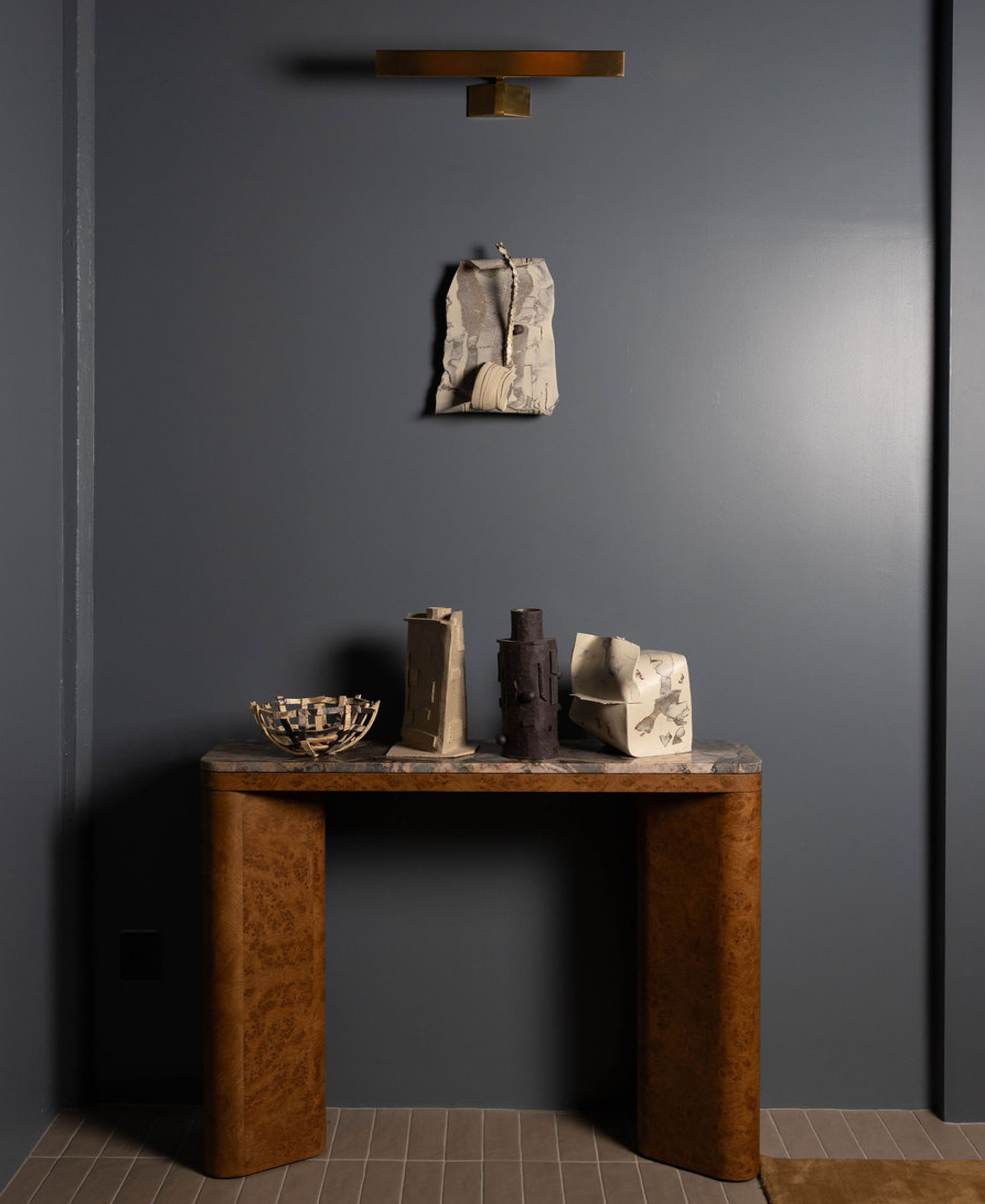
Her studio practice, in-house at Obery, is multidisciplinary, with sculpture, wall pieces, and tile work feeding into each other in a continuous dialogue. “Sculpture gives me freedom to be more experimental without utility, which feeds back into the richness of my tile work. Likewise, the discipline and repetition of tile-making help ground my sculpture. It’s a constant loop of influence.”
McMillan’s collaboration with Obery has provided fertile ground for this evolution. “Being part of Obery has sharpened how I think about scale, collaboration, and site,” she says. “Working with architects and designers has encouraged more fluid movement between disciplines and pushed me to think more broadly, especially as Obery expands into Australia.” She’s particularly energised by the boldness she sees in contemporary Australian design. “There’s a willingness to take risks with material, scale, and spatial narrative that I really admire,” she says. “I’m excited to be part of that conversation, to connect with people who are pushing boundaries.”
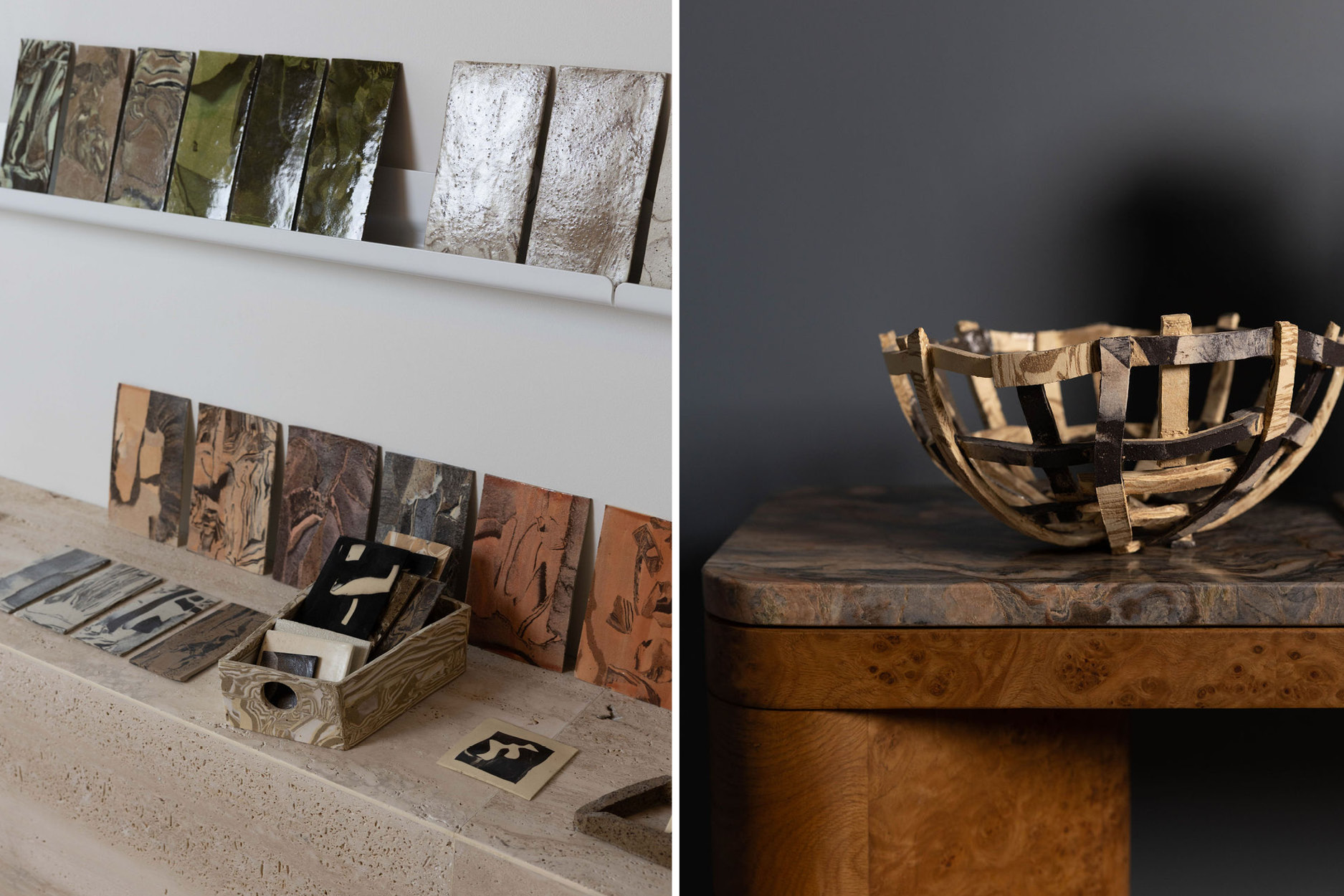
Despite the technical mastery involved in her work, McMillan remains deeply humbled by the medium. “There’s an alchemy to clay,” she reflects. “It’s constantly shifting, and often forces you to respond rather than control. There’s always an element of unpredictability. It’s changed how I run my practice: with more openness, and more attention to process.”
Every commission begins with intention, but what emerges is always singular — a surface of rich material memory, formed by hand, one tile at a time. In McMillan’s world, function and art are not opposites. They are inseparable.

